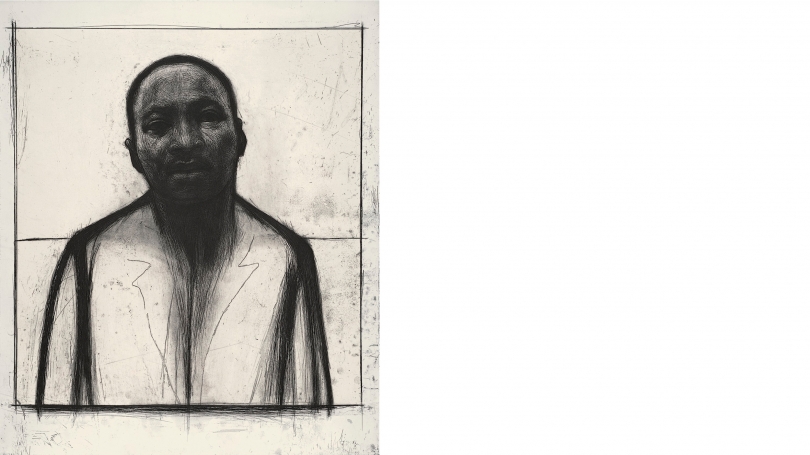In September 1967, the Reverend Dr. Martin Luther King Jr. spoke at the American Psychological Association's annual meeting. After discussing subjects ranging from civil rights to the Vietnam war, he introduced the idea of "creative maladjustment," a significant antonym to the psychological concept of adjustment. He argued that "there are some things concerning which we must always be maladjusted if we are to be people of good will." He went on to list racial discrimination and segregation, religious bigotry, militarism, and physical violence as just the top of the list of things to which we should never become adjusted. And in conclusion, he noted, "through such creative maladjustment, we may be able to emerge from the bleak and desolate midnight of man's inhumanity to man, into the bright and glittering daybreak of freedom and justice."
Dr. King's words, so often quoted, have captured the imaginations, and inspired the hearts, of generations in the United States. This has been equally true in our arts communities. The idea of "creative maladjustment" extends productively from the social sciences to the arts. It both aligns well with artists whose practice breaks from accepted artistic norms and inspires those whose subjects address the bleakness of "man's inhumanity to man." That is, artists in the modern era have long questioned authority and advanced divergent thinking; they have also frequently participated in political movements, drawing energy from, and adding energy to, social upheavals. Dr. King's teachings encourage artists to break free of conventions regarding how art looks while also imploring them to address head-on the "bleak and desolate midnight" that continues to wreak havoc in the world.
Today, the Hood Museum acknowledges the great impact Dr. King's teachings have had on our practice and on that of so many artists in our collection. On this occasion, we share a haunting portrait by John Wilson, an African American artist who returned to Dr. King for inspiration throughout his career. In this portrait, Dr. King appears in simple attire, facing the viewer straight-on against a background with the simplest suggestion of a horizon. In a fitting pictorial strategy for this deeply thoughtful and spiritual man, Wilson contrasts the bold and concise outlines of Dr. King's body with interior details that reinforce the good reverend as a deep thinker, a spiritual seeker, and, ultimately, a mysterious force for good in the world.
John R. Stomberg
Virginia Rice Kelsey 1961s Director
